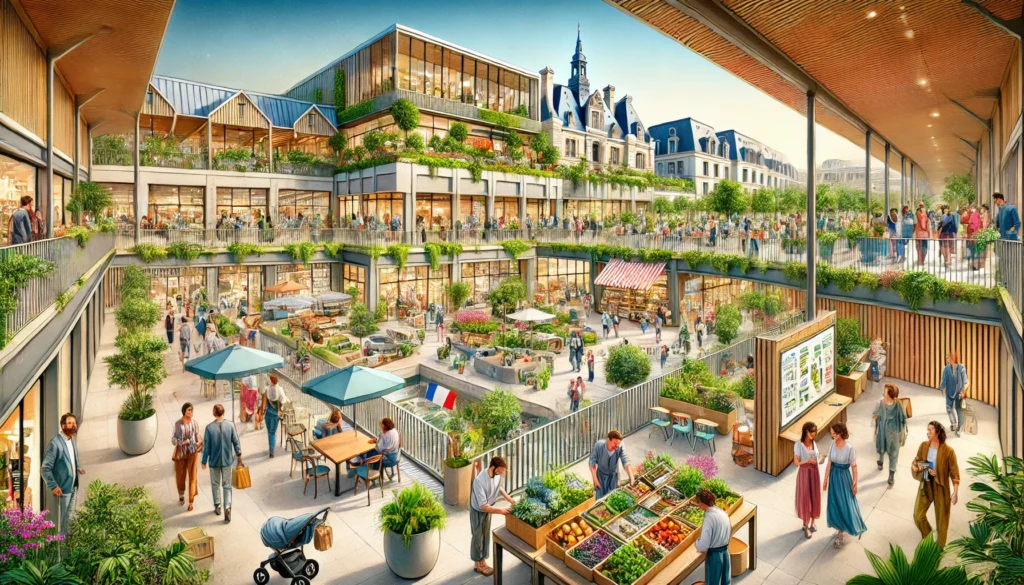
In his recent book The Crux, Richard Rumelt introduced the notion of the “Gnarly Problem.”
For non-English speakers, gnarly is an American slang word, defined by the Merriam-Webster dictionary as “very difficult or challenging to deal with, nasty, unpleasant, gross”.
Gnarly Problems are complex (involving multiple moving parts), have high uncertainty, and lack a clear and linear path to resolution (goodbye Game Theory!).
Solving such “gnarly problems” isn’t just about analysis or analytical skills, it requires strategic insight and bold decision-making.
Many industries, including retail, encounter gnarly problems today. French consumers, for example, have created a paradox that has no straightforward solution.
On the one hand, French consumers want to spend less (the FMCG market is in slight decline). On the other hand, they reject EDLP (Every Day Low Price models), putting pressure on Lidl and Aldi and boycotting Amazon.
Surprisingly, the only sales channels that are growing are the ones where products are sold at a premium – proximity stores and click & collect.
Proximity is a very challenging channel (high rental costs, restrictive supply, limited space for stock), while click & collect suffers from lack of choice and scale, high software and hardware costs, and full dependency on the physical store’s stock.
Both channels are normally subsidized by larger store formats that benefit from scale (price and assortment, supply chain efficiency), unplanned/impulse purchases, bundling, and other irrational spending behaviors.
The crux of the challenge for French retail is how to attract shoppers to profitable sales channels while nudging them to accept “fair” prices in the fast-growing yet unprofitable ones…
For example, the pressure on France’s iconic hypermarket format (50% market share before COVID, 38% by the end of 2024) has led to massive layoffs, wiping out tens of thousands of jobs. The textile, non-food, and beauty industries are in dramatic decline due to their reliance on hypermarkets and the shopping galleries. Small businesses, unable to offset consumer behavior changes, are going bust.
A recent IRI study showed that the widely popularized “buy local” trend accounts for no more than 3% of total FMCG sales. The market is still dominated by international conglomerates.
To me, the clear winners in the next decade will be those who can:
* Build an ecosystem around shopping centers – creating communities by combining retail, activities, and leisure. Retail is about experience.
* Redefine stores – dramatically reducing assortment, focusing on local produce and own brands, and selectively working with international brands that truly need the partnership (instead of chasing those who don’t).
* Partner with shoppers – creating transparent value chains and incentivizing the right choices (e.g., buying from small local stores in galleries, supporting sustainability efforts).
How do you see a solution to retail’s gnarly problem?